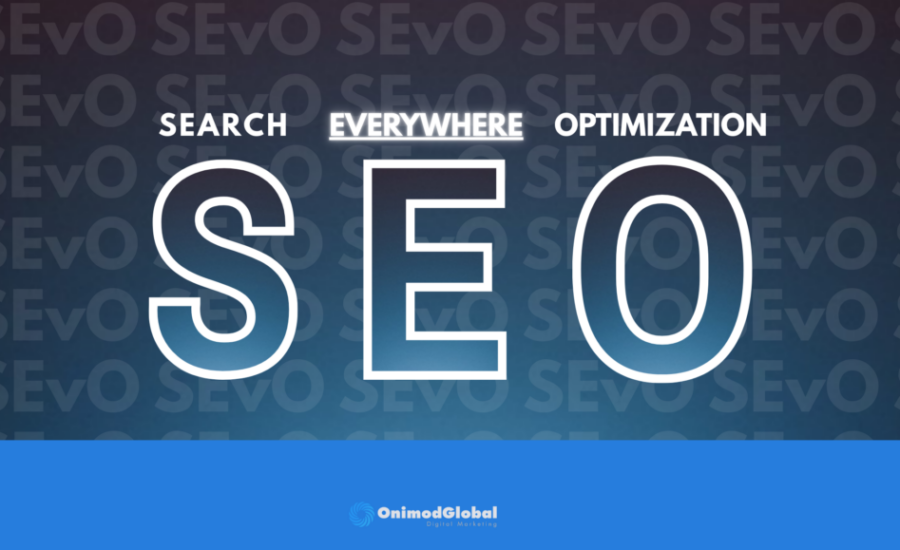Google Marketing Live 2025 unveiled some of the most transformative updates yet—highlighting AI-powered innovation across Search, Shopping, Video, and Performance Max. As a Google Partner, Onimod Global is here to break down the key takeaways and what
- Home
- News
As Google measures the impact of its AI-driven features on website performance, the Google Partners at Onimod Global are meticulously analyzing how these innovations transform your digital marketing outcomes—driving efficiency, engagement, and ROI. Artificial intelligence is reshaping
Digital marketing in 2025 isn't just evolving—it's transforming the way brands build genuine connections with their audiences. While foundational elements like AI, personalization, and data analytics remain pivotal, exciting new trends are redefining the digital landscape at
Search everywhere optimization is the new SEO. Here's your search everywhere optimization (SEvO) guide and why we're Onimod Global is adopting this innovative strategy. In the digital marketing world, the term "SEO" has historically meant optimizing content
In 2025, the financial, insurance, and banking sectors are navigating a rapidly evolving advertising landscape. At Onimod Global, we specialize in guiding these industries through the complexities of modern marketing. Here's an in-depth look at the current
Marketing isn’t just changing—it’s getting personal. In 2025, your audience expects more than relevance—they expect recognition. They want to feel seen, heard, and understood at every digital touchpoint. And if your brand isn’t speaking directly to them?
Artificial intelligence has fundamentally changed the content marketing landscape. As businesses race to harness the power of AI tools for content creation, a pressing question arises: What does this mean for search engine rankings and long-term SEO
Marketers are no strangers to adapting in times of volatility. Over the past few years, we’ve steered brands through global health crises, political shifts, and economic headwinds—building a toolkit of strategies to stay agile and connected with
As your trusted certified Google Partner for nearly two decades, Onimod Global understands Google Ads remains one of the most powerful tools for businesses to reach their ideal audience. Nearly half (46%) of all Google searches are
Amazon is making its boldest move in artificial intelligence with the upcoming launch of advanced reasoning AI under its Nova brand. Set for release in June 2025, this AI model is designed to challenge the dominance of















